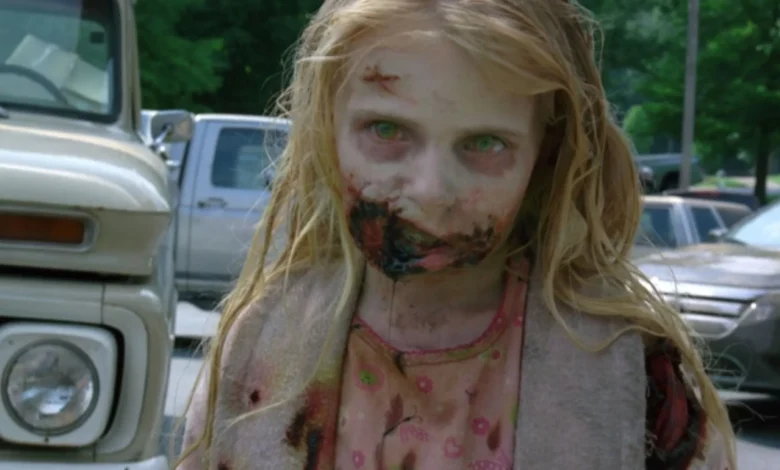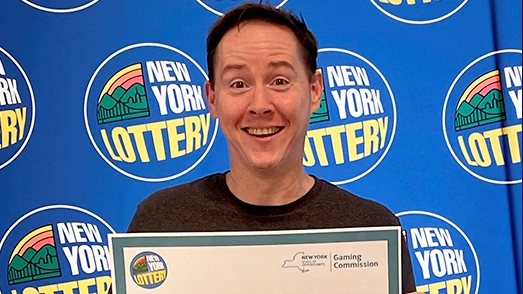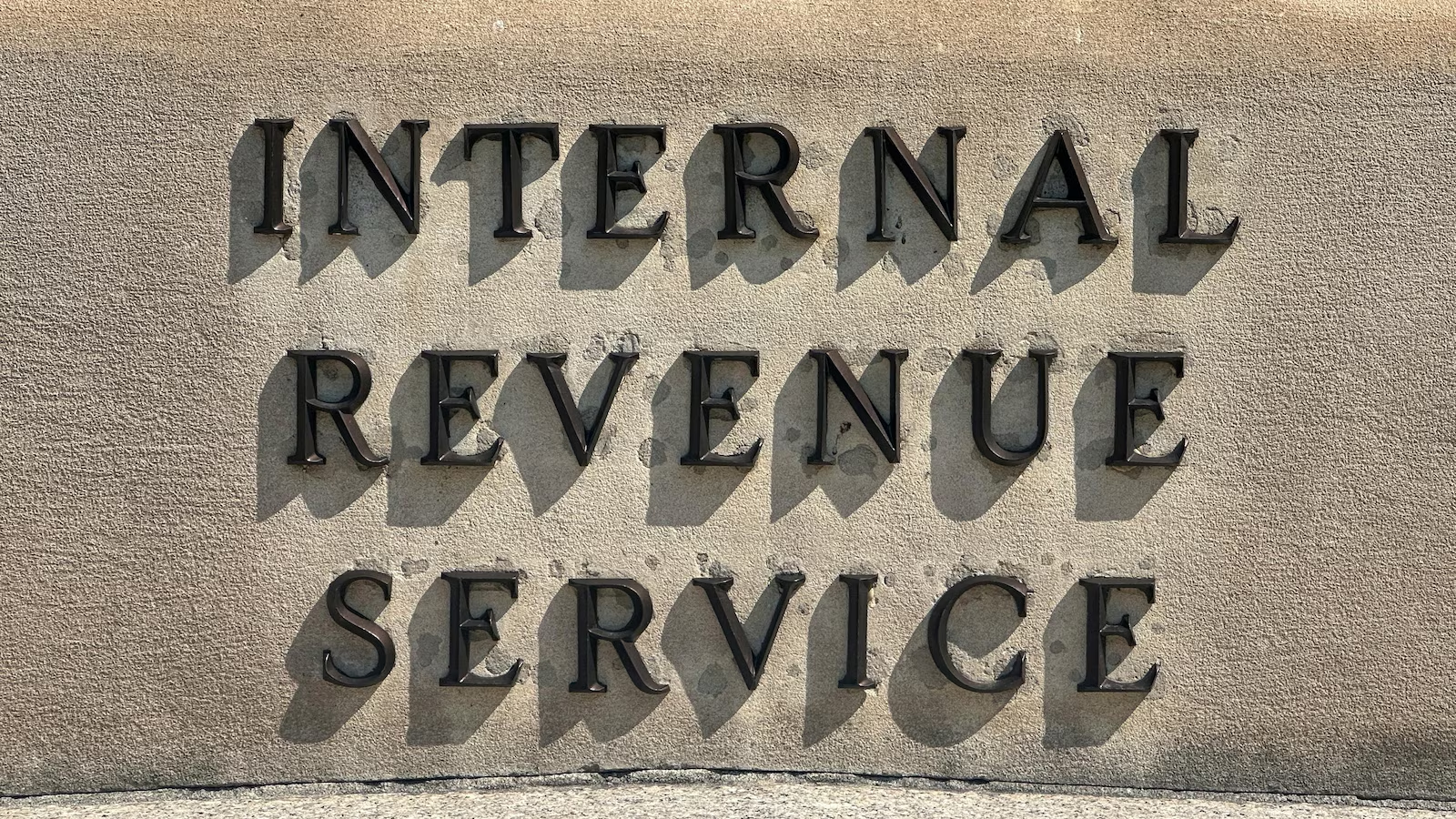15 Years Ago Today, This TV Show Revived an Entire Genre With One of the Best Horror Pilots in History

On October 31, 2010, TV got something no one saw coming: a horror series that seemed to know exactly what the audience wanted without having to spell it out. This was the start of a craze — a groundbreaking horror show that would go on to spawn spin-offs and make a mark on pop culture, becoming a reference not just for zombie stories, but for horror in general. Its pilot delivered on all of that, hooking viewers in the first few minutes. You’re thrown straight into a post-apocalyptic world with a cop who has no idea what’s happening. After a flashback showing him getting shot, he wakes from a coma, wanders through an empty hospital, and realizes the world is over. The framing, the silence, every single move of the character puts you in his shoes. And it’s only at the end of this first shock that you realize you’re hooked and there’s no turning back.
The Walking Dead is still a household name, recognized even by people who don’t usually watch TV. When most people talk about zombie shows, the name pops out without a second thought. But that power all started with the pilot, “Days Gone Bye,” which wastes no time on intros or unnecessary exposition. The showrunner Frank Darabont leans on the classic “show, don’t tell,” letting the setting and Andrew Lincoln’s performance as sheriff’s deputy Rick Grimes tell the story. The abandoned hospital, the wrecked cars, the silent city — they all act as characters too, shaping the experience of a survivor in isolation. There’s no explanatory narration; it’s just you and the chaos the show is about to dive into. The audience is in the same boat as Rick, confused, with only scattered, barely coherent memories.
How Did The Walking Dead Pilot Become One of the Best Ever on TV?
image courtesy of amc
What makes this pilot unforgettable is how it handles the zombies. They don’t show up to scare you immediately like you’d expect from the genre; they show up to remind you that every step outside safety has consequences. Every zombie in The Walking Dead matters (many still stick in viewers’ minds); they move in specific ways, and they’re not just a generic corpse walking around. And the best part? They don’t steal the scene. While they’re significant and distinct, the focus is always on the living — how Rick and the other characters react to them, and how they make decisions that could go wrong at any second.
Right from the start, it’s also worth highlighting the protagonist, because he has something few horror leads on TV have: vulnerability paired with leadership. He’s not perfect, far from heroic (even though he tries to be over the seasons); he’s lost, confused, trying to figure out if he can still protect people. And you buy it. It’s not just drama; it’s a personality and temperament that makes you care about every decision, mistake, and moral choice he makes. From the very first episode, the show never tries to make you like Rick because he’s charming, brave, or simply the lead. You like him because you understand he’s trying to survive in a lawless world.
image courtesy of amc
The pilot also nails the pacing: it shifts between total silence and pure tension. The sequence where Rick encounters his first zombie, for example, is carefully calculated. No jump scares, just fear built through silence and fixed camera angles that force you to notice every detail. The goal is to keep you in the same position as the character, constantly thinking about what the right move is. This kind of direction isn’t just stylish — it’s smart. It proves TV horror can be as strategic as cinema, and that every frame can increase suspense without screams or over-the-top sound effects. And since this is a series, with more episodes and seasons to come, it uses that tension sparingly and effectively. Compared to other zombie shows at the time, The Walking Dead really stood out with this unconventional approach.
“Days Gone Bye” also balances suspense and world-building perfectly. The deserted city, the abandoned hospital, and the corpses in the streets — they’re not just set dressing. Without spoon-feeding, all these elements tell a story: what happened, what’s been lost, and what survivors have to deal with. This narrative economy is why the pilot still works fifteen years later. It hasn’t aged because it doesn’t rely on dated effects or clichés; it relies on tension and smart choices. Plus, it sets the stakes from the start. You feel the danger immediately, and you know it could hit anyone (even Rick). That wasn’t common in zombie shows back then. While Game of Thrones was exploring stakes around the same time, The Walking Dead was competing on equal footing, but in a world where risk is constant.
The Pilot of The Walking Dead Had a Massive Cultural Impact
image courtesy of amc
Before The Walking Dead, zombie shows on TV were rare and usually didn’t care about characters or story. This pilot proved you could make a horror series with complex characters, real stakes, and constant tension. It changed TV’s perception of what the genre could do and opened the door for other horror shows to try — and usually fail. Fifteen years later, when people talk about zombies, what’s the first name that comes to mind? Exactly.
The pilot also set a template for TV horror storytelling. It proves you don’t need over-the-top gore or nonstop action to keep viewers engaged. Today, that’s more common, but back then, The Walking Dead basically invented that model. It’s about rhythm, building suspense, and putting the audience in a place of risk. The show forces you to feel the world alongside the characters. Sure, over time, behind-the-scenes issues affected later seasons, and yes, the show lost some viewers, but the legacy remains. The spin-offs still exist because of those early choices in direction, script, silence, and camera work.
image courtesy of amc
The takeaway? The pilot of The Walking Dead isn’t just a great episode; it’s a masterclass in rebooting a genre. It showed, for the first time, that horror could be smart, engaging, and memorable without relying on formulas. More than a decade later, it’s still a must-watch for any horror or TV fan — not just to remember where it all started, but to see how solid storytelling can reshape expectations and influence an entire generation of viewers and creators.
The secret to why The Walking Dead is still a pop culture reference today is simple: the pilot made it clear that in true TV horror, there’s no room for distractions. The audience has to live in the world alongside the characters — and that lesson stuck.
Have you seen the show? How did it feel watching the pilot for the first time? Let us know in the comments!





